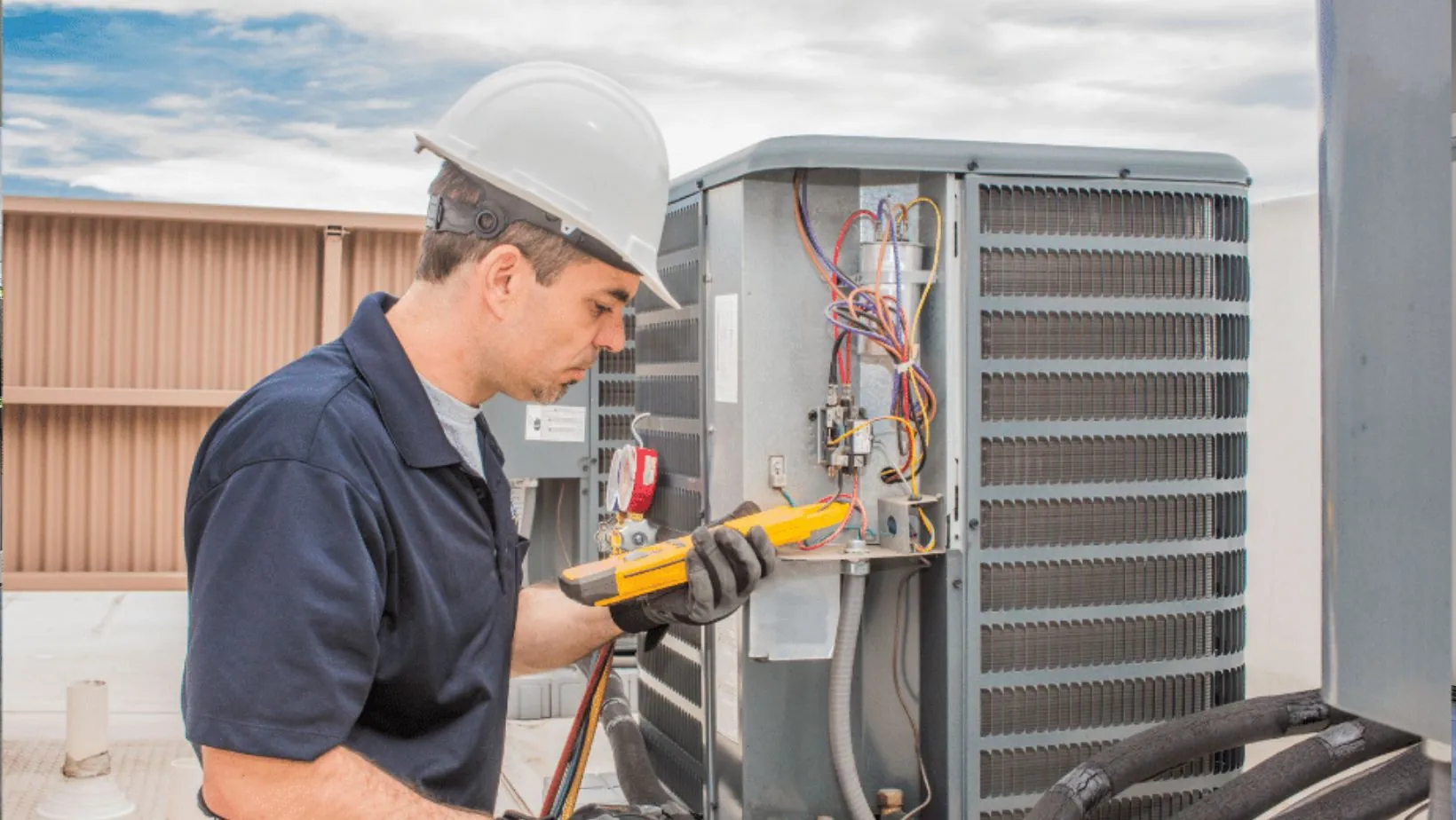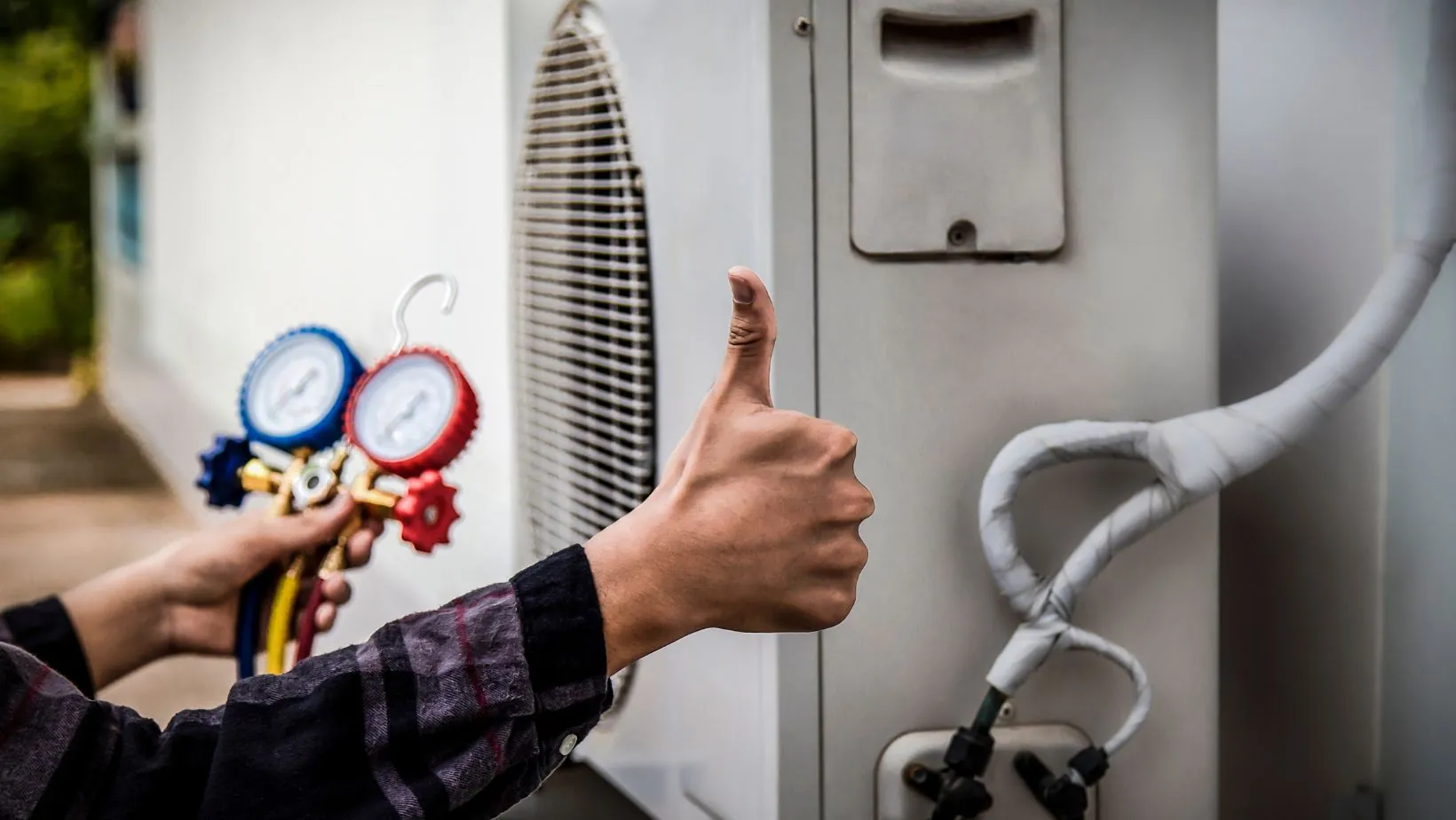In regions where climate fluctuations are the norm, your heating and cooling systems face unique challenges. Efficiently managing indoor temperatures is crucial for maintaining comfort and lowering energy costs. Recognizing the signs of wear early ensures you remain ahead of costly breakdowns and inefficiencies.
The distinctive weather patterns in certain areas can lead to accelerated wear and tear on heating and cooling systems. Balancing efficiency with comfort is vital, as it helps homeowners determine the right time for an upgrade. Understanding the impact of local climate conditions on your HVAC system can save both time and money in the long run. If you suspect your system is declining, a professional evaluation for beverly hills air conditioning repair from Pure Eco Inc can confirm whether repairs or a full replacement is more cost-effective.
Weather’s Impact on HVAC
Local weather patterns, such as mild winters paired with intense summer heat, can put considerable stress on heating and cooling systems. The rapid temperature changes typical in these areas can highlight underlying issues within older HVAC units. Seasonal heat waves often exacerbate these problems, as they require systems to work harder and more frequently.
This increased demand for cooling during prolonged warm spells can lead to higher stress levels on aging equipment. It’s essential to recognize how these conditions contribute to the gradual decline of your HVAC system’s efficiency. Taking note of how your system responds during these periods can provide valuable insights into when a replacement might be necessary.
If you notice signs such as inconsistent airflow or uneven room temperatures, it may be time to consider professional evaluation. A professional assessment will help you determine whether a repair or replacement is more cost-effective. Look for indicators like unusual noises or odors that could signify deeper issues needing attention.
Early Red Flags: Performance And Energy Bills
Be vigilant about monitoring your system’s performance for early warning signs of decline. It’s essential to know when to replace heating and air conditioning. Inconsistent airflow or noticeable temperature differences across rooms often indicate that your system is struggling. Another significant red flag is a steady increase in electricity bills without a corresponding change in usage patterns.
Older units tend to consume more power as they age, leading to higher monthly expenses. Listen for strange noises or detect any unfamiliar odors emanating from your unit, as these can signal serious issues requiring immediate attention. Frequent short cycling—where the system turns on and off rapidly—is another indication that an evaluation may be warranted.
Engaging with professionals ensures that you receive accurate information about potential upgrades that enhance both comfort and sustainability.
Considering Professional Consultation
Consulting with experts can provide a clear understanding of your HVAC system’s current state. Scheduling an inspection with qualified technicians allows them to assess the efficiency and longevity of your setup accurately.

They can guide you through available options, helping you make informed decisions about necessary upgrades.
Pursuing a thorough evaluation also gives insight into modern solutions that may significantly boost your home’s energy efficiency. This guidance from PureEcoInc HVAC contractor near you helps tailor recommendations specific to your environmental needs and budget considerations.
Cost Factors In Repair Vs. Replacement
The decision between repairing or replacing an HVAC system should factor in both immediate costs and long-term benefits. Short-term repair expenses can accumulate over time, especially if parts need frequent replacements. On the other hand, investing in a newer, high-efficiency unit offers substantial savings through reduced energy consumption.
Upgrading to energy-efficient models might also qualify you for rebates or incentives available in certain regions, easing the initial financial burden. Weighing ongoing maintenance costs against a one-time investment can clarify the most cost-effective path forward.
Importance Of Energy Efficiency
Modern HVAC systems offer significant improvements in indoor air quality and temperature regulation, contributing to reduced monthly utility expenses. These advancements align with growing environmental concerns, supporting efforts toward sustainability by minimizing carbon footprints.
Planning For A Seamless Upgrade
A well-planned upgrade minimizes disruptions to your daily routine while optimizing long-term benefits. Consider scheduling installations during milder weather seasons or when you’re away from home to lessen inconvenience.

Establishing a budget and understanding warranty details beforehand ensures smooth transitions and safeguards against unexpected issues. Additionally, implementing routine maintenance plans prolongs the life of new systems, preserving their efficiency over time.



